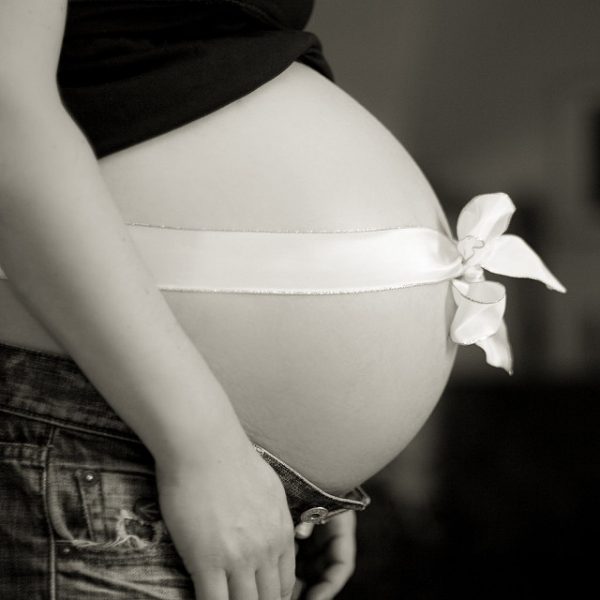
Scientific and technological innovations have given humans a number of new methods to manage fertility and create families. One of the more recent advances in this area is the controversial birth of a child with genetic material from three parents, rather than two. Social scientists find that while these new technologies have helped countless individuals grow their families, their use and availability often reproduce class and gender inequalities.
Families have always come in forms other than that of the Cleaver’s. Many parents have children from more than one partner. Other families have same-sex parents, single parents, or are childless, whether voluntarily or involuntarily. Invitrofertilization (IVF) and surrogacy are options for some women who have trouble conceiving, but the procedures are very expensive and not as easily available for people across socioeconomic lines. As a result, research finds that the framing of infertility as an individual issue rather than one related to structural constraints places stigma on childless women.
- Mary Lyndon Shanley and Adrienne Asch. 2009. “Involuntary Childlessness, Reproductive Technology, and Social Justice: The Medical Mask on Social Illness.” Signs 34(4): 851-874
These conditions have created an exploding market for new reproductive technologies. The science of freezing eggs and sperm has resulted in egg and sperm banks where people can donate sex cells for compensation. Although both an egg and a sperm are required to create an embryo, the recruitment and marketing for these services is different for men than women. Women are more likely to be recruited to provide an “altruistic service” and donate their eggs to infertile women; the staff at egg banks have been found to capitalize on cultural norms of motherhood to construct egg donation as a gift exchange. As a result, there are far more women than men participating in this kind of service, even though it is much less physically invasive for men.
Katherine M. Johnson and Richard M. Simon. 2012. “Women’s Attitudes Toward Biomedical Technology for Infertility: The Case for Technological Salience.” Gender and Society 26(2): 261-289.
Lauren Jade Martin. 2010. “Anticipating Infertility: Egg Freezing, Genetic Preservation, and Risk.“ Gender and Society 24(4): 526-545.
Rene Almeling. 2007. “Selling Genes, Selling Gender: Egg Agencies, Sperm Banks, and the Medical Market in Genetic Material.” American Sociological Review 72(3) 319-340.

Comments